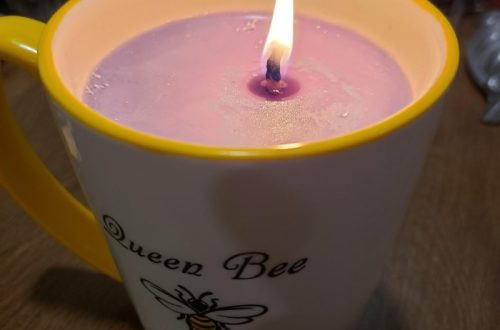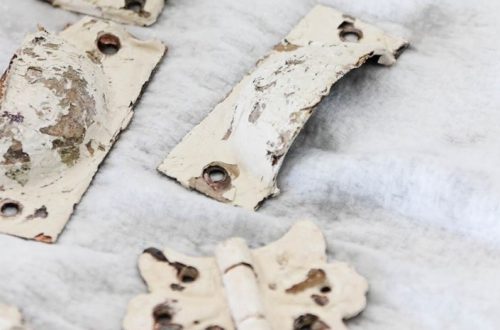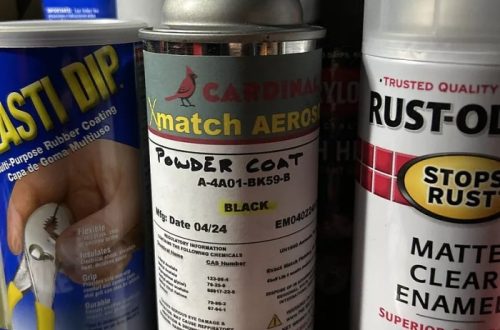Oil pastels, with their creamy texture and dazzling colors, are an inviting medium for artistic exploration, especially for beginners. Unlike traditional pastels, oil pastels blend beautifully, allowing for smooth transitions and rich textural effects. This beginner’s guide will equip you with the fundamentals of oil pastels, guiding you towards creating vibrant and expressive artwork.

Part 1: Getting Started with Materials
1. Essential Supplies:
Embarking on your oil pastel journey requires a few key supplies. Invest in a good quality set of oil pastels, offering a range of colors to ignite your creativity. Look for a heavyweight, textured paper specifically designed for pastels. It will hold the color well and prevent smudging. You’ll also need a blending tool, like a blending stump or even your fingers, to create smooth transitions between colors. A sharpener will keep your pastels pointed for detailed work.
2. Choosing Your Subject:
The beauty of oil pastels lies in their versatility. As a beginner, it’s important to consider starting with simple subjects that allow you to focus on color and blending techniques. Fruits, flowers, or everyday objects such as cups and bowls can be excellent choices to begin with. These subjects offer a variety of shapes, colors, and textures that can help you practice and improve your skills in using oil pastels. Additionally, experimenting with still life arrangements can be beneficial, as it allows you to combine different textures and shapes within a single composition. By selecting these straightforward subjects and arrangements, you can gradually familiarize yourself with the properties of oil pastels and develop a better understanding of how to effectively use them to portray various elements in your artwork. Through this process, you can gain confidence and build a solid foundation for more complex and intricate pieces in the future.
Part 2: Unleashing Color Magic

1. Light and Shadow:
Understanding light and shadow is crucial for creating depth and dimension in your artwork. Take the time to observe your subject and identify the areas of light and shadow. Once you’ve identified these areas, use lighter colors to depict highlights and darker colors to represent shadows. Don’t be afraid to experiment and play with the contrast between light and shadow. You can create a sense of drama in your artwork by incorporating strong contrasts between light and dark, adding intensity and impact to your composition. On the other hand, you can opt for a more subtle effect by blending colors to create softer transitions between light and shadow, resulting in a gentle and nuanced portrayal of depth and dimension. By mastering the interplay of light and shadow, you can bring your artwork to life, adding richness and realism to your creations.
2. Layering and Blending:
Layering colors is a fundamental and essential technique in oil pastel drawing. To begin, start with a light base layer, gradually building up color and intensity as you progress. Using your blending tool, aim to create smooth transitions between colors and experiment with different blending techniques, such as circular motions or strokes following the form, to achieve your desired effects. By mastering the art of layering, you have the opportunity to build rich and vibrant colors, creating a sense of depth and dimension in your artwork. Layering also provides the ability to add complexity and nuance to your compositions, achieving captivating visual results. The layering process not only enhances the vibrancy of the colors but also allows for the creation of intricate details and realistic textures, offering a versatile and dynamic approach to oil pastel drawing.

Part 3: Exploring Texture
1. The Power of Pressure:
The pressure you apply with the oil pastel significantly impacts the texture of your artwork. A light touch creates a smooth, almost painted effect, while pressing harder creates a thicker layer, exposing the texture of the paper and the pastel itself. It’s important to utilize both techniques. Use light pressure for backgrounds and smoother areas, as this will create a more subtle and blended effect. On the other hand, applying heavier pressure is ideal for adding details and creating textured elements, allowing for a more pronounced and dynamic appearance in your drawing. By learning to vary the pressure you apply, you can create a diverse range of textures and effects, adding depth and interest to your oil pastel artwork. Experimenting with different levels of pressure will give you greater control over the final look and feel of your piece.
2. Scratching and Stencils:
Oil pastels offer unique possibilities for incorporating texture. Use a tool like a toothpick or a craft knife to scratch through the top layer of pastel, revealing the color underneath. This technique can add highlights, create fur or hair textures, or suggest weathered surfaces. Stencils can also be used to create interesting textures. Experiment with different shapes and patterns to add visual interest and depth to your artwork.
Part 4: Practice Makes Perfect!

1. Embrace Mistakes:
Remember, there are no mistakes in art, only happy accidents! Don’t be afraid to experiment and embrace imperfections. Oil pastels are forgiving in nature, as they can be easily lifted or blended away if you’re not happy with the result. This forgiving quality allows for exploration and learning without the fear of making permanent mistakes. By embracing this aspect of oil pastels, you can feel free to take risks and try new techniques without the pressure of perfection. It’s through these experimental moments that you may discover unexpected outcomes and creative breakthroughs. Embracing imperfections can lead to unique and captivating results that add personality and depth to your artwork. So, allow yourself the freedom to explore, play with different approaches, and celebrate the unexpected beauty that can arise from the artistic process.
2. Find Inspiration Everywhere:

The world around you is brimming with inspiration for oil pastel art! Observe the vibrant colors of nature, the textures of everyday objects, and the interplay of light and shadow. These elements can spark your creativity and fuel your artistic journey.
By mastering the basic techniques, embracing experimentation, and finding inspiration in the world around you, you’ll be well on your way to creating stunning and expressive oil pastel artwork. So grab your pastels, unleash your creativity, and get ready to discover the joy of this vibrant medium!


